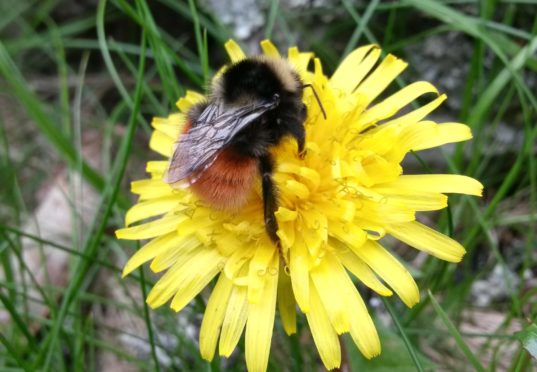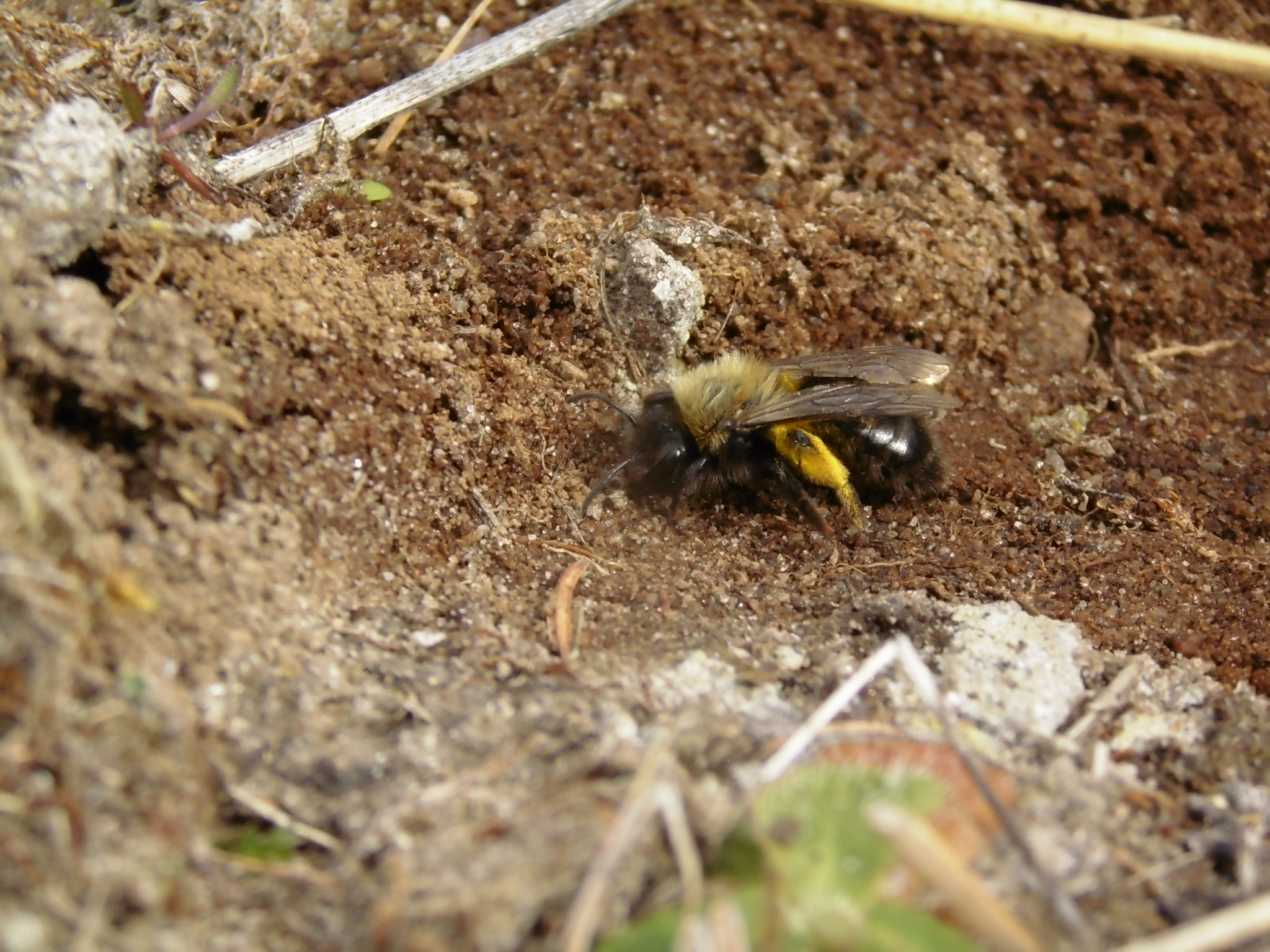
A number of new bee species have been recorded for the first time in Scotland, according to a recent survey.
Nine of the 24 British bumblebee species were found at the National Trust for Scotland’s Ben Lawers National Nature Reserve.
The bee species found on the Morenish Woodland Trail have never been recorded on the reserve and are tricky to identify due to their size and hard-to-spot features.
The records were verified by Mike Edwards from the Bees Wasps and Ants Recording Society.
Those recorded join the rare bilberry bumblebee and the broken-belted bumblebee already found on the reserve.
Time-consuming bee observations are extremely valuable indicators of the significance of restoring lost habitats at Ben Lawers and pave the way for more monitoring to be done.
Local bee expert, Anthony McCluskey, tracks the insects and has made new discoveries among the woodlands.
Several female Clarke’s mining bees (Andrena clarkella) have been sighted foraging on willow catkins. The species is very hairy, with pollen baskets not only on their legs but on the abdomen too. Although a widespread species, there are almost no records of them across the central Highlands.
Another significant sighting is of a very rare female lime-loving furrow bee. There are only eight records of this species in Scotland, all from a small area in the Cairngorms.
The species is strongly associated with calcareous soils, which can be found on Ben Lawers’ rich landscape.
Speaking about the sightings and what they might indicate, Andy McCluskey said: “The findings from last year show the importance of providing just the right conditions for these remarkable insects.
“This includes the willows and wildflowers that provide food for the bees, as well as the sunny spaces for them to nest in the ground. It was extremely exciting to find several new species at Ben Lawers last year, and no doubt there will be more to discover at this amazing site.”
Ben Lawers offers a good for bees with the newly created woodland providing excellent food sources and nest sites.
Bees are a vital component of our diverse ecosystem and, by pollinating their foodplants, fulfil an important role in assisting further regeneration.
Supporters are being asked to donate to help the Trust help nature, now and in the future. Find out more at: www.nts.org.uk/help-nature.

Enjoy the convenience of having The Sunday Post delivered as a digital ePaper straight to your smartphone, tablet or computer.
Subscribe for only £5.49 a month and enjoy all the benefits of the printed paper as a digital replica.
Subscribe